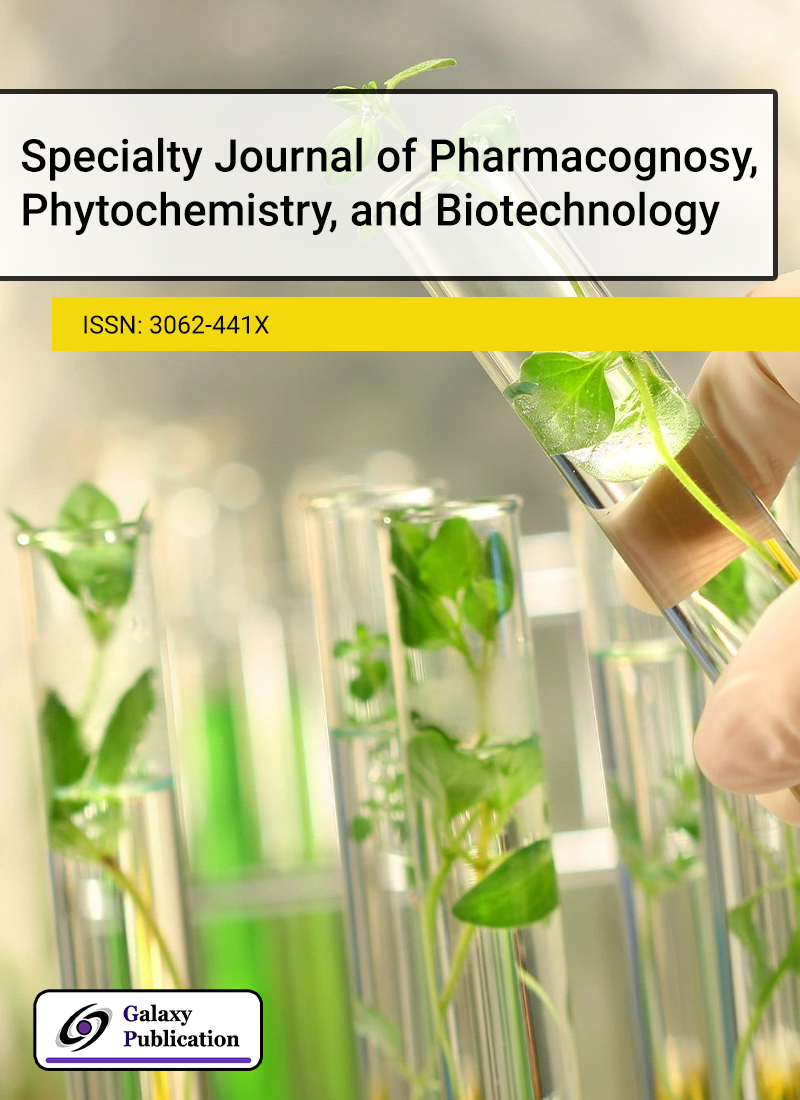
The Viscum genus includes a variety of species found in regions such as Europe, Africa, Asia, the Americas, and Australia. Mistletoe extracts and their formulations are widely used in alternative and complementary medicine for treating a wide range of ailments. This review focuses on studies that examine the phytochemical properties of mistletoe, which vary depending on the host tree and highlights research on its therapeutic effects. Mistletoe contains an array of bioactive compounds, including lectins, viscotoxins, phenolic acids, flavonoids, alkaloids, terpenoids, and polysaccharides. These compounds contribute to mistletoe’s diverse biological activities, such as anticancer, anti-inflammatory, and cardiovascular benefits, while also helping to alleviate chemotherapy side effects and enhance immune response. This review emphasizes the relationship between the host tree and the bioactive components of mistletoe, especially the lectins, viscotoxins, and phenolic compounds such as flavonoids and phenolic acids. The therapeutic properties of mistletoe are further investigated by examining the subspecies and host trees, and various patents based on mistletoe applications are also discussed. Mistletoe is introduced as a valuable medicinal plant, with high potential for further investigation in the development of targeted therapies.